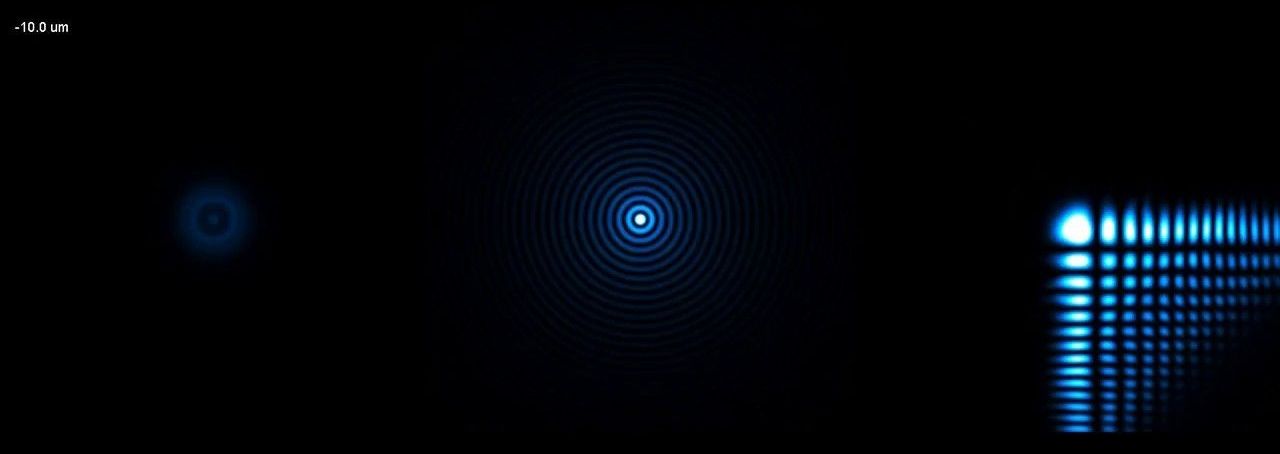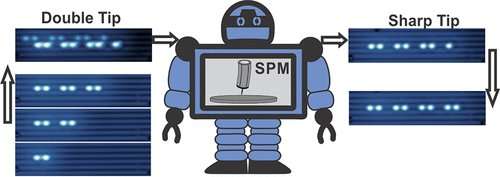Page 8851
May 24, 2018
250m radius Settlement Cam 09-time-lapse (2010−2018)
Posted by Klaus Baldauf in category: futurism

When starting a project, I like to set up some specific camera locations that I use to review the state of design at different stages. This allows me to look back at the progress and decisions that were made along the way. To me, this enhances the process to the point where the final design becomes secondary to how I got there. Although I usually enjoy the final product, I always love the process.
May 24, 2018
Ignore the hype over big tech. Its products are mostly useless
Posted by Derick Lee in categories: biotech/medical, space
Despite this, a regular ritual of hype and hysteria is now built into the news cycle. Every now and again, at some huge auditorium, a senior staff member at one of the big firms based in northern California – ordinarily a man – will take the stage dressed in box-fresh casualwear, and inform the gathered multitudes of some hitherto unimagined leap forward, supposedly destined to transform millions of lives. (There will be whoops and gasps in response, and a splurge of media coverage – before, in the wider world, a palpable feeling of anticlimax sets in.)
It’s years since Silicon Valley gave us a game-changer. Instead, from curing disease to colonies on Mars, we’re fed overblown promises, says Guardian columnist John Harris.
May 23, 2018
Atomic-scale manufacturing now a reality
Posted by Bill Kemp in categories: climatology, particle physics, robotics/AI
Scientists at the University of Alberta have applied a machine learning technique using artificial intelligence to perfect and automate atomic-scale manufacturing, something which has never been done before. The vastly greener, faster, smaller technology enabled by this development greatly reduces impact on the climate while still satisfying the insatiable demands of the information age.
“Most of us thought we’d never be able to automate atomic writing and editing, but stubborn persistence has paid off, and now Research Associate Moe Rashidi has done it,” said Robert Wolkow, professor of physics at the University of Alberta, who along with his Research Associate has just published a paper announcing their findings.
“Until now, we printed with atoms about as efficiently as medieval monks produced books,” explained Wolkow. “For a long while, we have had the equivalent of a pen for writing with atoms, but we had to write manually. So we couldn’t mass produce atom-scale devices, and we couldn’t commercialize anything. Now that has all changed, much like the disruption following the arrival of the printing press for those medieval monks. Machine learning has automated the atom fabrication process, and an atom-scale manufacturing revolution is sure to follow.”
May 23, 2018
The Marshall Islands replaces the US dollar with its own cryptocurrency
Posted by Genevieve Klien in categories: cryptocurrencies, finance, government, law
The Marshall Islands made its own cryptocurrency, doing away with the US dollar. The government has signed the change into law, making the “sovereign” its new official cryptocurrency, as spotted by CNBC Africa cryptocurrency trader host Ran Neuner on Twitter yesterday.
The bill was signed into effect on March 1st, but the news is making waves again this week. The Marshall Islands’ population is 53,066, so the change doesn’t affect many, but it is significant for citizens of the islands because banks and credit card companies will need to begin accepting it. With the recent change, US dollars are still likely to be accepted on the Marshall Islands — the sovereign will just be considered the nation’s official legal tender.
In February, top officials from the Marshall Islands confirmed that the Pacific republic would issue its own cryptocurrency to be circulated as legal tender. The digital coin also received approval from the country’s parliament. “As a country, we reserve the right to issue a currency in whatever form it is, whether in digital or fiat form,” said David Paul, minister-in-assistance to the president of the Marshall Islands, to Reuters at the time.
Continue reading “The Marshall Islands replaces the US dollar with its own cryptocurrency” »
May 23, 2018
Unprecedented detail in pulsar 6,500 light-years from Earth
Posted by Genevieve Klien in category: space
A team of astronomers has performed one of the highest resolution observations in astronomical history by observing two intense regions of radiation, 20 kilometres apart, around a star 6500 light-years away.
May 23, 2018
Bendy Laser Beams Can Examine Human Tissue Like Never Before
Posted by Genevieve Klien in category: biotech/medical

Light-sheet fluorescence microscopy could lead to less intrusive and more effective diagnosis for patients.
- By Jonathan Nylk, The Conversation US on May 23, 2018
May 23, 2018
The Standard Model of particle physics: The absolutely amazing theory of almost everything
Posted by Genevieve Klien in category: particle physics
A particle physicist explains just what this keystone theory includes. After 50 years, it’s the best we’ve got to answer what everything in the universe is made of and how it all holds together.
May 23, 2018
Amazon and Google Are Cultivating Quiet Ties With Police and Military. That’s Becoming a Big Problem
Posted by Genevieve Klien in category: military
Amazon, like Google, is coming under fire from the ACLU for providing sensitive tech to those who might use it to violate people’s rights.
















